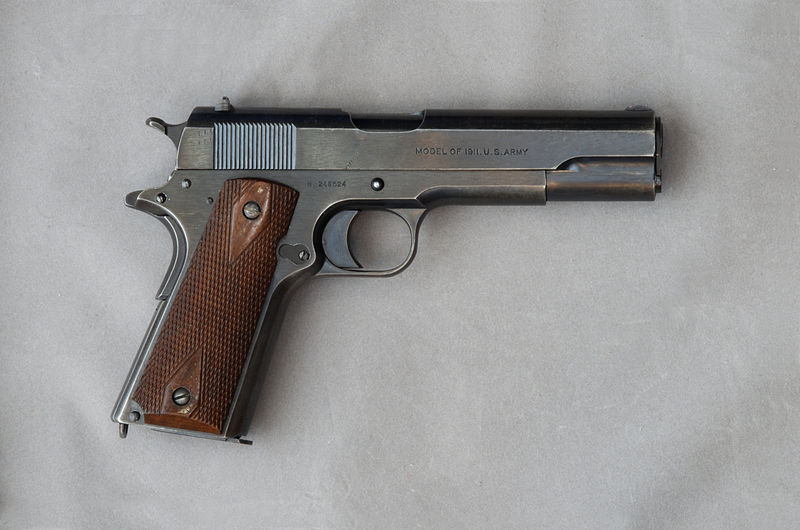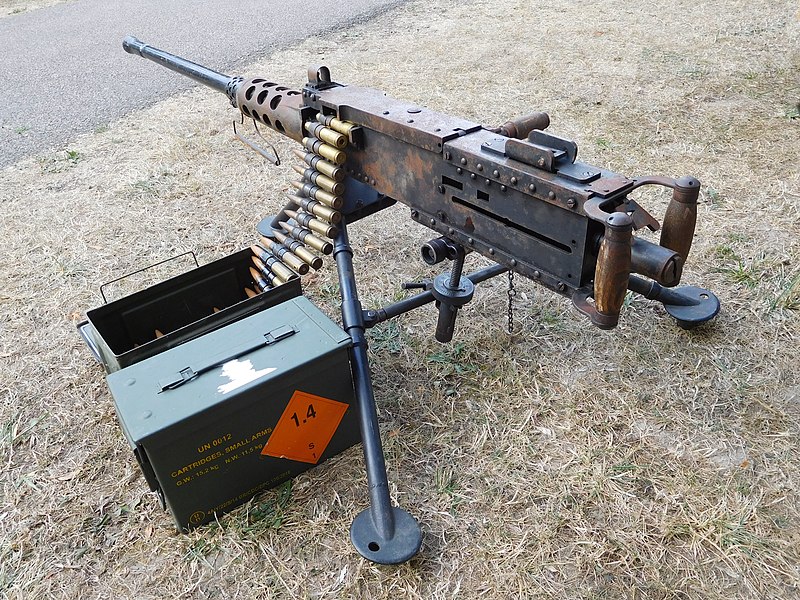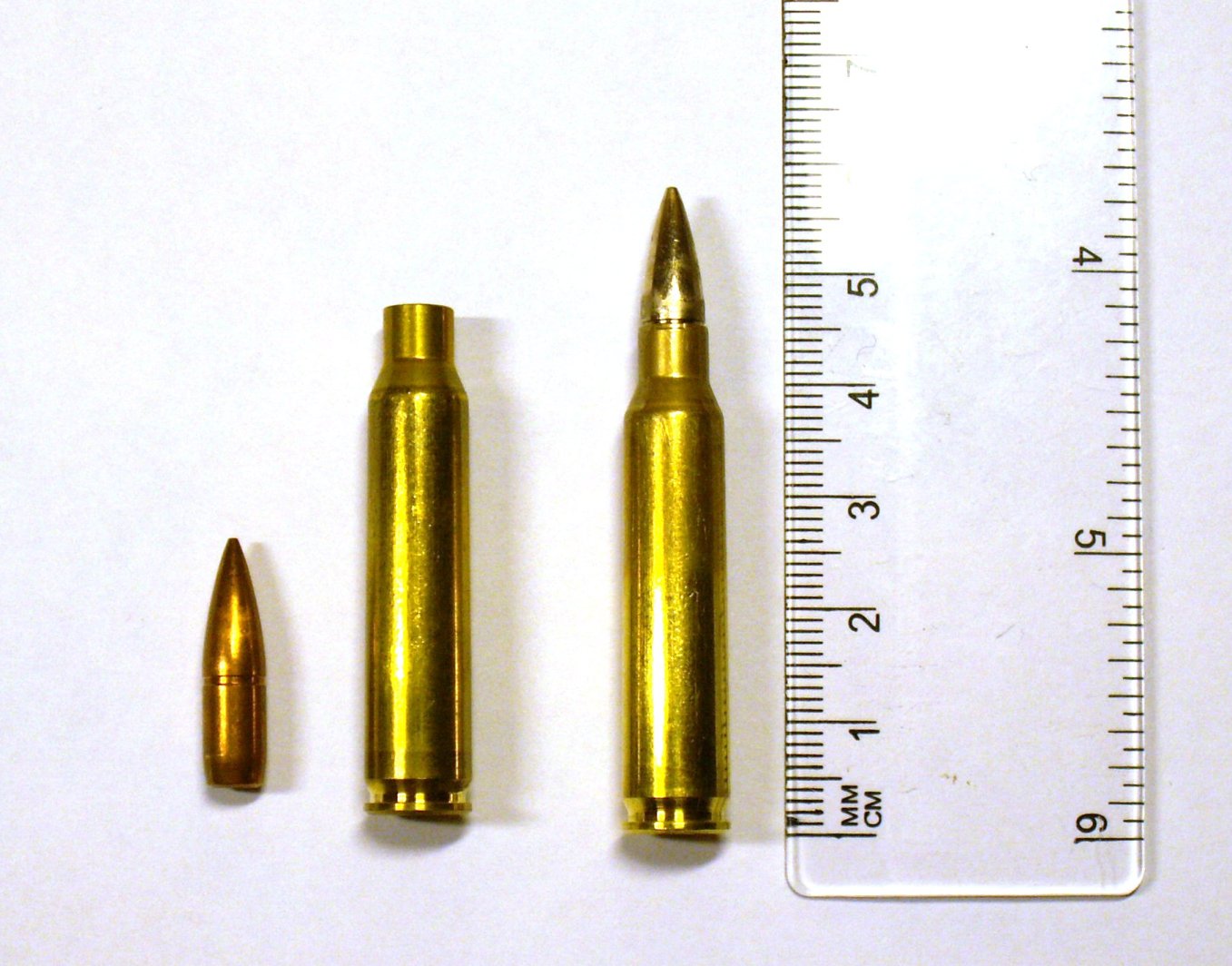
Featured Image courtesy of Wikipedia
In this entry of our “Greatest Gunsmiths” series, we’re going to take a look at one of the most famous gunmakers in American history: John Moses Browning.
With a legacy that spans more than a hundred years, John M. Browning gave us some of the most iconic American firearms. From the legendary Browning Automatic Rifle (BAR) to the ubiquitous M1911 pistol, Browning’s name is still synonymous with brilliant and innovative machines.
Early Life and Work
John Moses Browning was born in Ogden, Utah in 1855. The son of Mormon pioneer and gunsmith John Browning, stories say the younger Browning was born with a dremel tool in his hand (just kidding). He was one of ten children, six boys and four girls.
John Moses Browning learned the gunsmithing trade from his father. He struck out on his own in 1878, when he began to design a self-cocking single-shot rifle. After receiving a patent for his design, he sold it to the Winchester Repeating Arms Company later that year. The firearm would eventually become known as the Winchester Model 1885.
This was the beginning of a long-running relationship between Browning and Winchester that would spawn several more firearms. They varied greatly in terms of their designs, which included single-shot rifles, repeaters, and several different types of shotgun. One notable result of this relationship was the world’s first pump-action shotgun. Officially dubbed the Winchester Model 1897, the weapon is better-known by its nickname: the Trench Gun.
The .45 ACP and 1911
Browning and Winchester eventually parted ways after a financial dispute in 1903. This freed Browning up to work with other manufacturers on new projects.
He didn’t waste any time. In 1904 Browning found himself teaming up with Colt’s Patent Firearms Manufacturing Company (a mouthful, I know) to create a new type of firearm cartridge for the American military. They needed something with more stopping power than their standard-issue .38 Long Colt, and Browning delivered with the timeless .45 Automatic Colt Pistol (ACP) cartridge.
The new cartridge was a success, and Browning now turned his attention to a new project. He was determined to create an autoloading pistol using the .45 ACP round. Thus began Browning’s journey to create his magnum opus: the 1911.
After four years of testing, Browning finally had his pistol. The 1911 immediately cemented its place in firearms lore, where it single-handedly won two world wars and saved democracy (if you believe the fanboys). All joking aside, the 1911 has been one of the most enduring firearm designs of all time, with factories worldwide still churning out the sturdy sidearms.
Browning would go on to create even more legendary firearms. 1918 was a particularly productive year for him, when he released both the BAR and the Browning M2 machine gun, lovingly referred to as the “Ma Deuce.”

Later Years and Death
Ever the inventor, Browning always strove to improve his designs. The 1911 had been an ingenious firearm, but it wasn’t without its pitfalls. Notably, Browning wanted to expand on the 1911’s limited magazine capacity after he departed Colt to work at Belgium’s Fabrique Nationale (FN).
This would eventually lead to Browning’s final firearm: the Hi-Power. But it wouldn’t be Browning who actually completed it. Instead, John Moses Browning died at his workbench in the FN factory in 1926. FN eventually completed the design, and initiated production for the Belgian military in 1935.
As one of the greatest firearms manufacturers to ever live, John Moses Browning has earned his spot in the pantheon of American gun culture.


